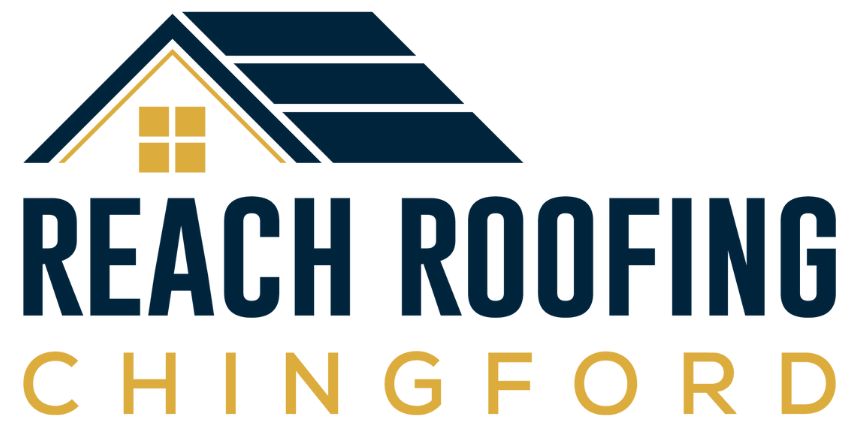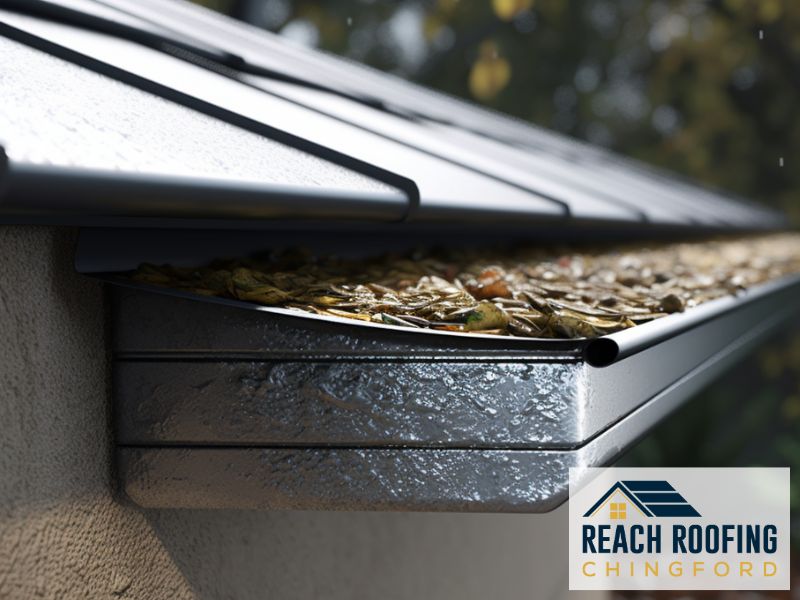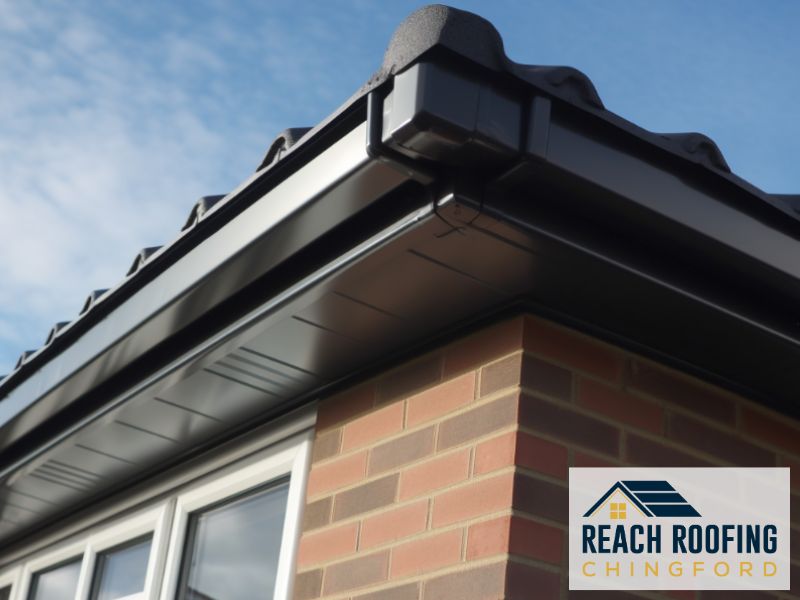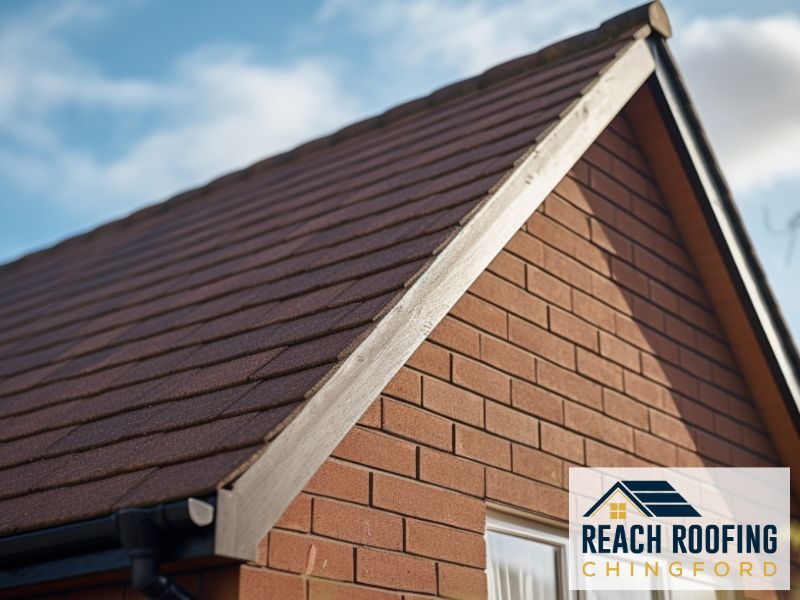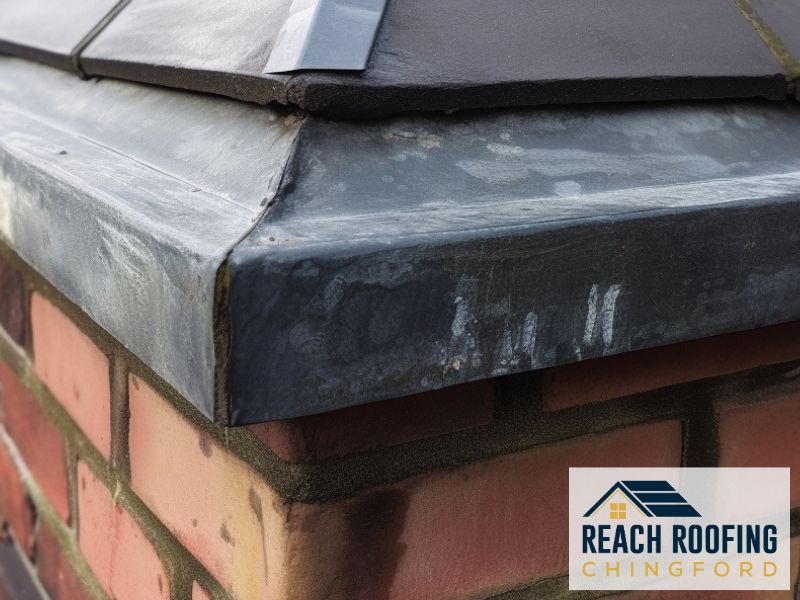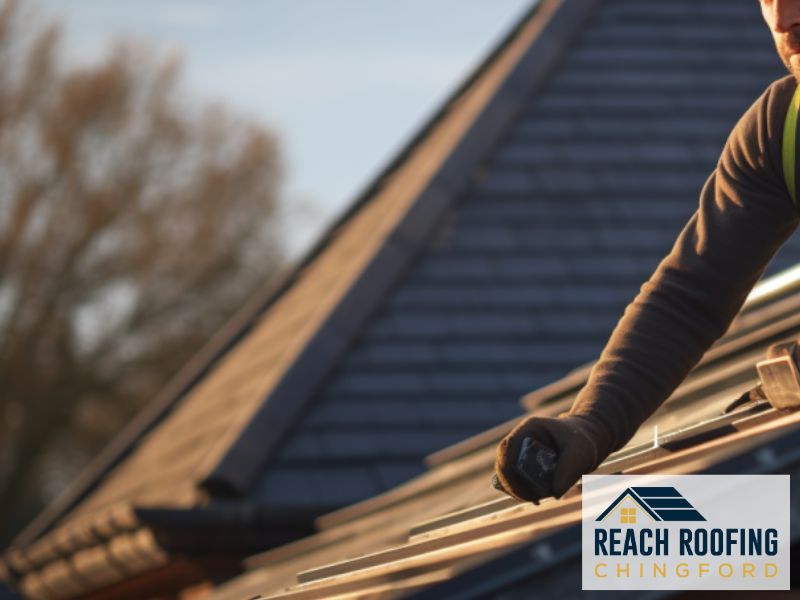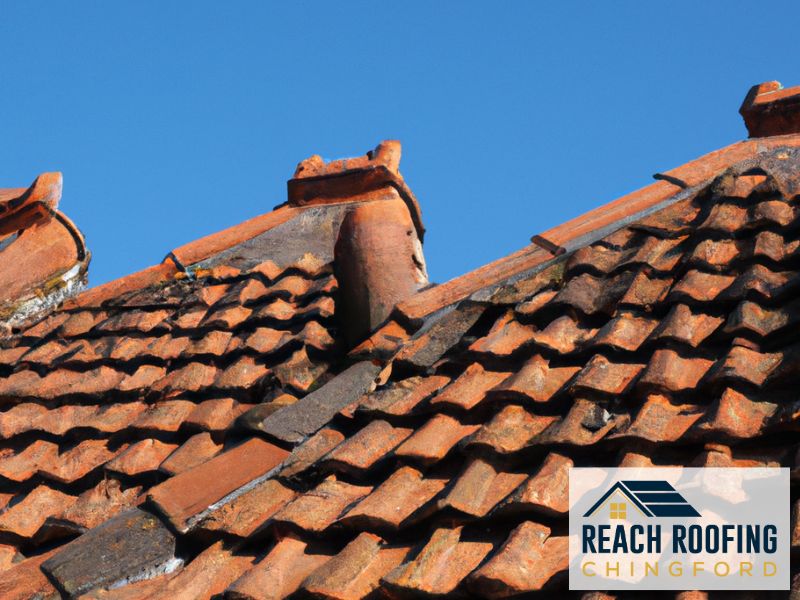A commercial roof is a critical component of any business property, providing essential protection from the elements. However, even the most robust roofing systems eventually show signs of aging and require replacement.
The lifespan of a commercial roof can vary substantially depending on factors like roofing materials, weather and climate, installation methods, and maintenance routines. By understanding what impacts roof longevity and implementing best practices, facility managers can maximize the usable life of their roofing infrastructure.
Roofing Material Matters
The type of commercial roofing material selected makes a major difference in lifespan expectations. There are four primary options, each with their own durability factors:
EPDM Roof Membranes
EPDM (ethylene propylene diene terpolymer) is a synthetic rubber material that has become very popular for low-slope commercial roofs. An EPDM roof installed by competent professionals can last 20-25 years or more with appropriate care. Benefits include:
- High elasticity and weather/UV resistance
- Seam strength and tear resistance
- Simple repairs and maintenance
- Lower cost than many alternatives
PVC Roofing
Polyvinyl chloride (PVC) is another single-ply commercial roofing membrane gaining widespread use, owing to its durability and flexibility. With proper installation and care, a PVC roof can remain functional for 20 years or longer. Key advantages of PVC roofing include:
- Excellent resistance to chemicals, flames, impacts, and more
- Retains properties despite temperature shifts
- Lighter weight than materials like modified bitumen
- Welded seams provide exceptional leak protection
TPO Membranes
Thermoplastic polyolefin (TPO) membranes have emerged as a top choice for flat commercial roofing systems. While cheaper than PVC, TPO still provides impressive longevity — typically 15-20 years with sound installation and maintenance. Benefits of TPO roofing include:
- High resistance to punctures, UV rays, ozone, and chemicals
- Can handle significant building movement and traffic
- Energy efficiency and solar reflectance
- Lighter than built-up or modified bitumen roofs
Metal Commercial Roofing
For commercial buildings with sloped or complex roofs, metal panels are often the ideal solution. While expensive upfront, a properly installed metal roof can remain watertight for 40 years or more. Key metal roof advantages include:
- Extreme durability and weather resistance
- Long-term energy cost savings from reflectivity
- Able to withstand heavy wind, rain, snow, and hail events
- Lower risk of leaks compared to membrane roofs
- Exceptional fire rating
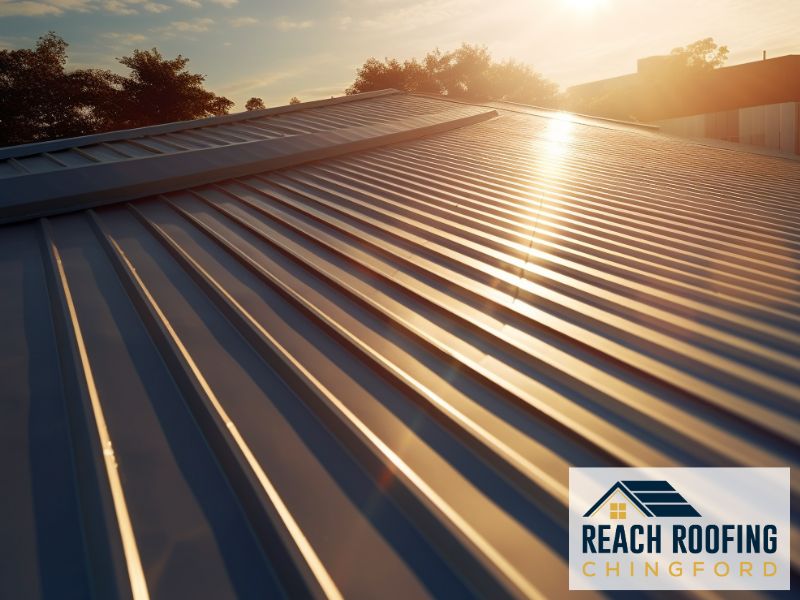
Climate Conditions in the UK
The cool, rainy climate across much of the UK can negatively impact commercial roof lifespan if systems are not designed appropriately. Facility managers must account for the following factors:
Rain and Moisture
Certain areas of the UK receive over 200 rainy days per year. Prolonged moisture exposure accelerates the aging process for roof membranes and flashings. Warmer southwest regions also contend with algae and fungi growth. Implementing adequate drainage and runoff mitigation is critical.
Wind and Storms
High winds are another UK weather hazard, especially in coastal areas. Strong gusts can displace roofing materials over time. Wind uplift resistance should be confirmed before installation based on relevant building standards.
Temperature Fluctuations
While lacking extreme heat, the UK still sees relatively wide temperature shifts throughout the year. Thermal cycling strains many roof materials. Specifying products designed for low/high temperature tolerance improves durability.
Why Proper Installation Matters
Even premium commercial roofing products will fail prematurely if poorly installed by amateur or negligent contractors. Common problems leading to shortened roof lifespan include:
- Inadequate decking preparation and attachment
- Substandard seaming, welding, or adhesive application
- Flashing details missing or incorrectly placed
- Insufficient slope or drainage provisions
- Lack of protection during construction
Reputable commercial roofing contractors follow meticulous protocols during tear-off, deck analysis, installation, cleanup, and inspection. Choosing the right installer is just as important as materials selected.
Warning Signs to Watch For
Facility managers should routinely examine commercial roofs for any indicators of accelerated deterioration or leakage risk. Catching problems early better protects interior assets and avoids costlier future repairs.
Ponding Water
Standing water that lingers more than 48 hours accelerates roof aging via prolonged material saturation. Check for low spots or clogged drains after heavy rains. Address identified trouble areas before water ingress damages decking or interior finishes.
Membrane Cracking/Brittleness
Traffic, weathering, and chemical exposure can cause single ply membranes to become rigid or cracked over time. Complete hands-on inspection while noting areas of embrittlement, surface abrasion, and crack formation. Addressing minor membrane distress early on avoids premature replacement.
Detailing Breakdown
Carefully analyze flashing, metal edging, pitch pockets, and termination points around roof protrusions. Caulking failure, loose fasteners, or separated seams signify advanced aging. Restoring failed details prevents catastrophic leakage as the roof continues to degrade.
Best Practices for Maximizing Roof Longevity
Business owners and facility managers should implement the following roof care best practices to achieve full lifespan potential from their commercial roofing investment:
Scheduled Inspections
Conduct comprehensive roof examinations at least twice per year, with additional checks after major storms. Keep detailed documentation of identified trouble spots to inform repair priorities and projected lifespan. Professional inspections are ideal for large/complex roof systems.
Timely Repairs
Upon noting any moderate roof defect during inspections, promptly engage a qualified contractor to restore integrity and prevent further damage. Catching failed flashings, adhesive issues, or membrane punctures early on limits repair costs and associated business disruptions.
Regular Cleaning/Maintenance
Remove accumulated debris, clear drain paths, trim back vegetation, and wash surfaces annually to limit material degradation. Scheduling preventative maintenance helps facility managers stick to a roof care budget rather than scrambling emergency repairs.

FAQs
What is the typical lifespan of a commercial roof in the UK?
For quality membrane roofing installed and maintained properly for UK climate conditions, facility managers can reasonably expect 15-25 years of reliable performance prior to replacement, depending on the selected system and warranty specifics. Sloped standing seam metal roofs generally last upwards of 25-40 years when well-maintained.
Can I extend roof lifespan through DIY maintenance?
Performing basic housekeeping like clearing drains or removing debris certainly helps. However, facility managers should not attempt membrane patches, flashing repairs, or other robust roof interventions themselves. Minor mistakes can void warranties or severely undermine water integrity. Instead, enlist accredited contractors for repairs.
How do UK weather conditions impact commercial roof longevity?
The wet climate, storm exposure, and annual freeze-thaw cycles all accelerate roof aging compared to warmer regions. Specifying durable materials designed for UK conditions gives roofs the best chance of meeting lifespan projections. Proactive maintenance is also essential.
Is professional inspection necessary?
While managers can perform their own routine checks, biannual professional UK roof inspections provide tremendous value for commercial buildings. Experienced roofing experts spot subtle warning signs of failure nearly impossible for amateurs to detect. The investment helps facility teams catch major issues before they escalate into crises.
Reach Roofing Chingford ensures that commercial roofs have a varying lifespan based on material choice and maintenance practices, often ranging from 20 to 50 years.
Thanks for reading our post, feel free to check out our other services:
- Chimney Repairs
- Commercial Roofing
- Flat Roofing
- Guttering, Soffits and Fascias
- Lead Roofing & Leadwork
- Pitched Roofing
- Roof Repairs
- Roof Replacement & New Roofs
- Skylights & Roof Windows
- Slate Roofing
